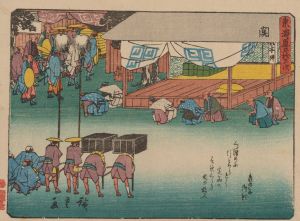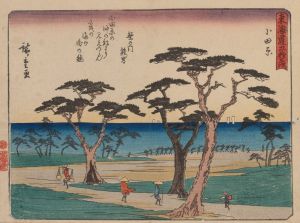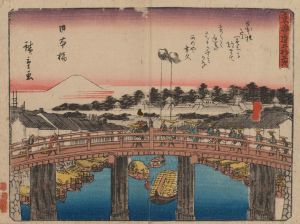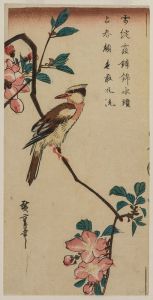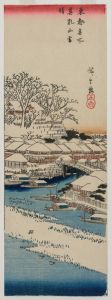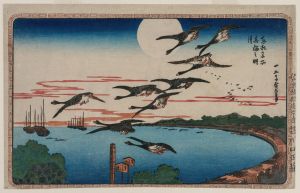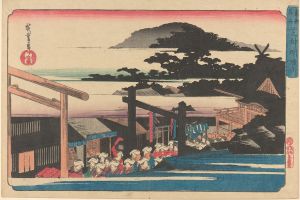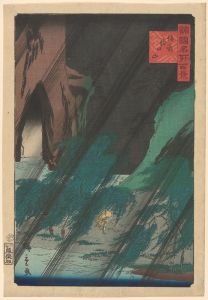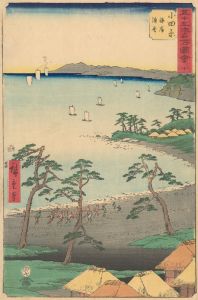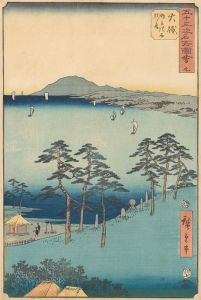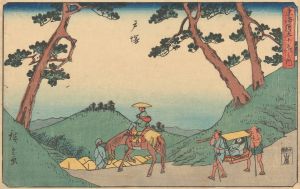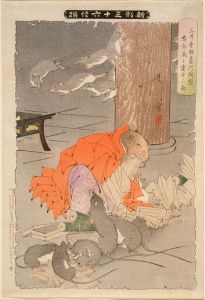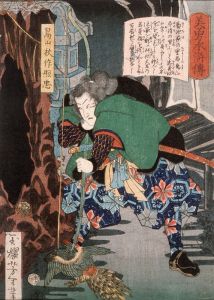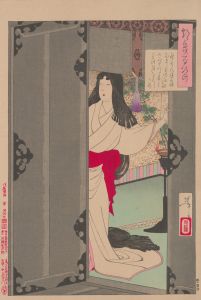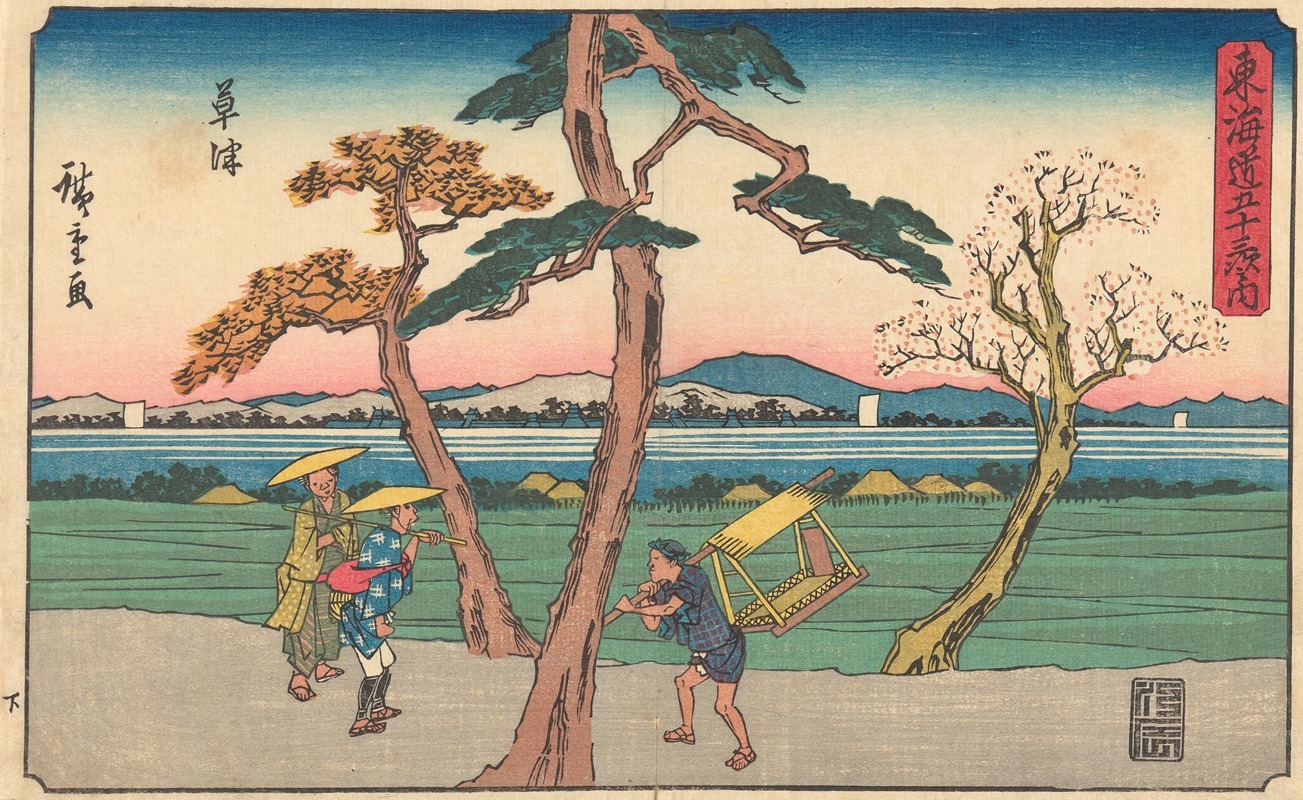
Kusatsu
A hand-painted replica of Andō Hiroshige’s masterpiece Kusatsu, meticulously crafted by professional artists to capture the true essence of the original. Each piece is created with museum-quality canvas and rare mineral pigments, carefully painted by experienced artists with delicate brushstrokes and rich, layered colors to perfectly recreate the texture of the original artwork. Unlike machine-printed reproductions, this hand-painted version brings the painting to life, infused with the artist’s emotions and skill in every stroke. Whether for personal collection or home decoration, it instantly elevates the artistic atmosphere of any space.
Kusatsu by Andō Hiroshige is a woodblock print from the renowned series "The Fifty-three Stations of the Tōkaidō" (Tōkaidō Gojūsan-tsugi no Uchi), which was created during the Edo period in Japan. This series is one of Hiroshige's most famous works and is celebrated for its depiction of the scenic beauty and cultural life along the Tōkaidō road, the main travel and transport artery of Japan that connected the shogunal capital of Edo (modern-day Tokyo) with the imperial capital of Kyoto.
Andō Hiroshige (1797–1858) was a prominent ukiyo-e artist, known for his landscape prints and innovative compositions. His work is characterized by its use of vibrant colors, attention to detail, and ability to capture the transient beauty of nature. Hiroshige's prints often feature elements such as weather, seasons, and the daily life of people, which he portrayed with a poetic sensibility.
The "Fifty-three Stations of the Tōkaidō" series was first published in the 1830s and consists of 55 prints, including the starting point at Nihonbashi in Edo and the endpoint in Kyoto, along with the 53 stations in between. Each station served as a resting place for travelers, offering lodging, food, and other services. The series was highly popular in its time and remains a significant cultural artifact, offering insights into the travel culture and landscape of Edo-period Japan.
The Kusatsu print specifically depicts the Kusatsu-juku, which was the 52nd station on the Tōkaidō road. Kusatsu was an important post town located in Ōmi Province, present-day Shiga Prefecture. It was a bustling hub where the Tōkaidō and the Nakasendō, another major route, intersected. This strategic location made Kusatsu a lively and significant stop for travelers, merchants, and officials.
In Hiroshige's depiction of Kusatsu, the viewer is presented with a scene that captures the essence of travel and commerce during the Edo period. The composition typically includes travelers and porters, inns, and the surrounding landscape, all rendered with Hiroshige's characteristic attention to atmospheric conditions and human activity. The print reflects the daily life and interactions that would have been common in such a vibrant post town.
Hiroshige's work, including the Kusatsu print, is noted for its ability to evoke a sense of place and time, transporting the viewer to the world of Edo-period Japan. His prints have influenced not only Japanese art but also Western artists, particularly during the Japonisme movement in the late 19th and early 20th centuries, when European artists like Vincent van Gogh and Claude Monet drew inspiration from Japanese woodblock prints.
Today, Hiroshige's prints are highly valued by collectors and are held in the collections of major museums worldwide. They continue to be studied and appreciated for their artistic merit and historical significance, offering a window into the cultural and social dynamics of a bygone era. Kusatsu, like the other prints in the series, remains a testament to Hiroshige's skill and vision as an artist, capturing the enduring allure of the Tōkaidō road and its many stations.





